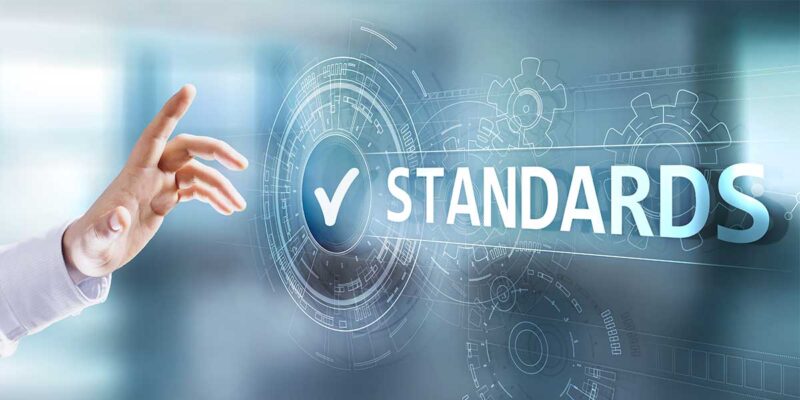Useful AVL Data for Meaningful Purchase Decisions

It is easier to make good purchasing decisions when armed with timely, relevant information. As such, manufacturers, rep firms and systems integrators alike put a lot of effort into promoting the features and benefits of their products and systems before the sale. What’s missing, though, is arming those same users with useful information so they can continue to make good purchasing decisions for additional upgrades, technical training and ongoing support. Ironically, the best way to inform these already convinced users who’ve already bought once is in the very systems they were sold. What is desperately needed is useful AVL data for meaningful purchase decisions so that users can visualize the data of system operation, performance, preventative maintenance.
 The Case for an AVL Service Framework
The Case for an AVL Service Framework
An entire sub-industry was created to provide better user experiences through the user interfaces and connectivity. It was spearheaded by two industry stalwarts, AMX and Crestron. For the decades control system integration options have been available primarily to systems integrators, the focus has been aimed at almost exclusively at usability, not predictive monitoring and alerting. In the Information Technology (IT) space, monitoring and alerting systems for 24/7 operational centers has been a well-documented, highly supported arena with the creation of Service Level Agreements (SLAs) to both ensure early warning measures are in place and to codify the process for recovery from a hardware failure. In my work at one large enterprise, SLAs were being reformed around the ITIL model (Information Technology Infrastructure Library), a set of practices for IT service management that focuses on aligning IT services with the needs of business. To say that the Audio/Video/Lighting (AVL) industry needs a similar framework cannot be overstated.
Availability Management, Capacity Management and Change Management are three of the areas within the framework of the ITIL model and are all highly applicable for the AVL industry. If a client had viable information easily accessible to understand if their AVL system was fully available and operational, that the storage and network access for the system was functioning properly and that recommended preventative maintenance was provided well before an incident occurred, the value of the systems would increase in their eyes. From the house of worship market standpoint, this kind of insight and visibility would be a game-changer not only for the technicians who operate and maintain it, but also for senior leaders of the church who expect 100 percent uptime, especially during weekends when system usability is paramount.
Dashboards and Data
It used to be that large enterprises in the IT space had the market cornered on sophisticated business intelligence systems. With the advent of broadband Internet connectivity and the Software as a Service (SaaS) model came a flood of new technologies and service providers with affordable tools for making business intelligence accessible and affordable for all organizations. The rise of visual dashboards and complete connected and integrated back-end systems has shown even the average consumer what is possible when meaningful data is visualized, summarized and analyzed.
One example is Mint.com, a personal finance website that simply connects a person’s multiple financial transactions into a single viewpoint. Though still wildly popular, big banks and now even smaller local banks are using data mining like this to provide a unified view into a person’s accounts.
Abstracting the concept for AVL, what once was the view of a user interface via a touch panel has now been replaced with mobile device apps. The jump from UI to UX is a short hop for today’s development community with the wide array of open sourced tools and non-proprietary software development kits (SDKs). It is now within reach of each systems integrator to go beyond AMX and Crestron style programming to provide a robust set of tools in an app with access to not only controls, but real-time monitoring and even early warning systems.
These church techs and even the pastors themselves are now used to seeing data visualized and simplified for easy access. Where are the tools for integrating AVL systems into the larger IoT so that churches — heck, any client — has access to performance data, system optimization options and preventative maintenance notification? How is this not the de facto standard in a technology-infused industry like AVL?
The Value Proposition Just Jumped Dramatically
When a leader has good feedback and helpful trend analysis, they’re better positioned to help lead make informed purchasing, resource allocation and people management decisions. Think about that. Then consider how powerful that is both in a pre-sales buyer journey and in a post-sales service offering. The value proposition for AVL systems, when combined with the standards for visibility, accessibility and availability, went from ‘features and benefits’ to ‘undeniable value proposition’ in one fell swoop.
Perhaps the two major limitations are the continued obstinance of some AVL manufacturers to stick with closed loop proprietary control and network architecture as well as the lack of a true framework for aligning the AVL industry around a service level that sets the bar much like ITIL has for the IT industry. Even so, the opportunity is massive — truly an open playground — for systems integrators and manufacturers alike to add software developers from the browser and app world into their ranks to build upon the success of the consumer market. There is only upside to this shift and it’s going to continue whether or not there’s a governing body to provide the framework.
There is simply no excuse for the AVL industry to not make the jump from front-end UX to back-end UX and provide users with the kind of accessibility, visibility and insights adopted by our IT peers. It’s your move, industry.
Do you agree that the ITIL model or something similar should be put in place for the AVL industry? Share your views and opinions in the comments below.





